Top 7 Magnet Fishing Locations
Author: Samantha Peters, Magnetics Expert | Last Updated: 19/04/2024
What is Magnet Fishing?
Magnet fishing is an outdoor activity that involves casting a powerful magnet (called a fishing magnet) into bodies of water using a rope, aiming to uncover a variety of magnetic treasures. From discarded bicycles and forgotten safes to unexpected discoveries like firearms or historical artifacts, it’s a unique blend of exploration and treasure hunting that appeals to adventurers of all ages.
There are many factors to consider when hunting for the perfect Magnet Fishing location as the right location you can drastically improve your chances of finding something interesting and historical. We have surveyed the community and below are your suggestions on the best locations for magnet fishing. Before you read on, make sure you have a strong fishing magnet to enhance your treasure-hunting experience.
The Basics
When scouting for prime magnet fishing spots, it’s essential to keep a few key principles in mind:
- Opt for locations with ample foot traffic. Higher pedestrian activity increases the likelihood of finding items inadvertently dropped into the water.
- Target bodies of water that are at least one meter deep. Shallower areas tend to have already been combed through for interesting and valuable items.
- Bridges are particularly promising locales for magnet fishing. Objects are frequently dropped or even intentionally disposed of from these vantage points, offering a higher chance of uncovering intriguing finds.
Magnet Fishing in Canals
Canals are the most popular places to Magnet Fish and for good reason. Canals are tried and tested and have a really good hit rate for people looking to find lots of items.
Here is why canals are one of the most favoured sites by magnet fishers globally:
-
Historical Significance: Many canals have been in use for centuries, serving as vital transportation routes. This means they have seen significant human activity over time, increasing the likelihood of lost or discarded items being present in the water.
-
Urban Areas: Canals often flow through or near urban centers, where there is high foot traffic and increased chances of objects accidentally falling into the water.
-
Bridges and Locks: Canals are typically dotted with bridges and locks, which are natural gathering points for people and vehicles. These structures provide opportunities for items to be dropped or thrown into the water.
-
Slow Flowing Water: Canals usually have slow-moving or still water, allowing items to settle at the bottom rather than being carried away by strong currents, making it easier for magnets to pick them up.
-
Regular Maintenance: Canals are often subject to maintenance and cleaning efforts, which may dislodge or reveal hidden items that can be discovered through magnet fishing.
There are many canals that haven’t been drained in a very long time which increases the chances of you finding something historic. In fact, it was reported that a drained Dutch canal revealed 700,000 items which included some dating back to the 1500s. There’s some serious history to be found.
Some canal networks may have restrictions or prohibitions on magnet fishing due to safety, environmental, or historical preservation concerns. It is important to check with your local authorities as to whether you are legally allowed to magnet fish in your local canal.
Magnet Fishing from Bridges
Bridges are usually easily accessible and used by hundreds, thousands and sometimes millions of people. This increases the likelihood of people dropping items and valuables into the water.
You may even find a bridge that is less populated but very old. The age of the bridge is a very important factor as there’s a higher chance of finding something historic. Bridges in old rural villages are great for this kind of Magnet Fishing.
The benefits of magnet fishing near bridges include:
- High traffic areas: Bridges are often built over bodies of water where people frequently pass by. This increases the likelihood of objects being dropped or discarded into the water below, making it a prime spot for magnet fishing.
- Historical significance: Many bridges have been around for decades or even centuries, serving as important transportation routes throughout history. This means that there’s a higher chance of finding historical artifacts or lost items in the waters surrounding these bridges.
- Natural currents: The flow of water around bridges can create natural currents that might cause metal objects to accumulate in certain areas. These currents can also expose buried items or move objects around, making them more accessible to magnet fishers.
- Public interest: Bridges are often popular locations for people to gather and engage in various activities. This means that there’s likely to be more public interest and potential for interaction while magnet fishing near bridges, which can add to the enjoyment of the hobby.
Since many bridges are easily accessible by car, many criminals use bridges as dumping grounds for unwanted items. This is why you’ll find many safes or weapons underneath bridges – especially in areas with a high crime rate. We advise you to go to the police station if you find something suspicious because it could help with an ongoing investigation.
Magnet Fishing from Piers and Harbours
Piers and harbours usually have people nearby for an extended period of time. Whether that’s due to fishing, docking boats, holidaying or work. The longer these people are in these areas, the higher the chance they will drop something into the water.
Not only that, if you’ve ever seen a boat dock in an area, they usually bump their fenders (they cushion the blow when they hit the harbour) and this sends a shudder through the boat. These bumps have been known to knock items overboard. Here you can find items such as knives, compasses, tools, phones, money boxes etc. It isn’t uncommon to come across high-value items too – the list is endless!
If you’re in the right harbour, you could be in a tourist hotspot that is sure to have items in the water. If the area is busy enough, you can go back multiple times a year as there’s surely a top-up of items waiting to be retrieved. People have been known to find money, watches, wallets, sunglasses and other valuable items.
Here are the benefits of magnet fishing at piers and harbours:
-
Activity hubs: Piers and harbors are bustling areas where boats come and go, fishermen cast their lines, and people engage in various activities. This increased human activity means there’s a higher chance of objects being dropped or lost in the water, making it an attractive spot for magnet fishing.
-
Commercial and recreational fishing: These areas are often frequented by commercial and recreational fishermen. Over time, fishing gear such as hooks, sinkers, and even entire fishing rods can end up in the water, providing ample opportunities for magnet fishers to discover them.
-
Marine vessels: Harbors are home to a variety of marine vessels, including boats, yachts, and ships. These vessels may have lost or discarded metal objects overboard, ranging from tools and equipment to personal belongings, all of which can be retrieved through magnet fishing.
-
Historical significance: Similar to bridges, piers and harbors may have historical significance, especially in coastal regions where they have played crucial roles in trade and transportation. This historical context can increase the likelihood of finding valuable or interesting artifacts while magnet fishing.
-
Sheltered waters: Piers and harbors often provide sheltered waters, which can result in sediment accumulation and the settling of metal objects on the seabed. This makes it easier for magnet fishers to locate and retrieve items without having to contend with strong currents or deep waters.
You can be more methodical in your approach and research old harbours where you’ll have an increased chance of finding historic items like an old spyglass, compass or other ancient naval and fishing equipment. If you find historic items, there will always be a collector or museum who would be interested to buy.
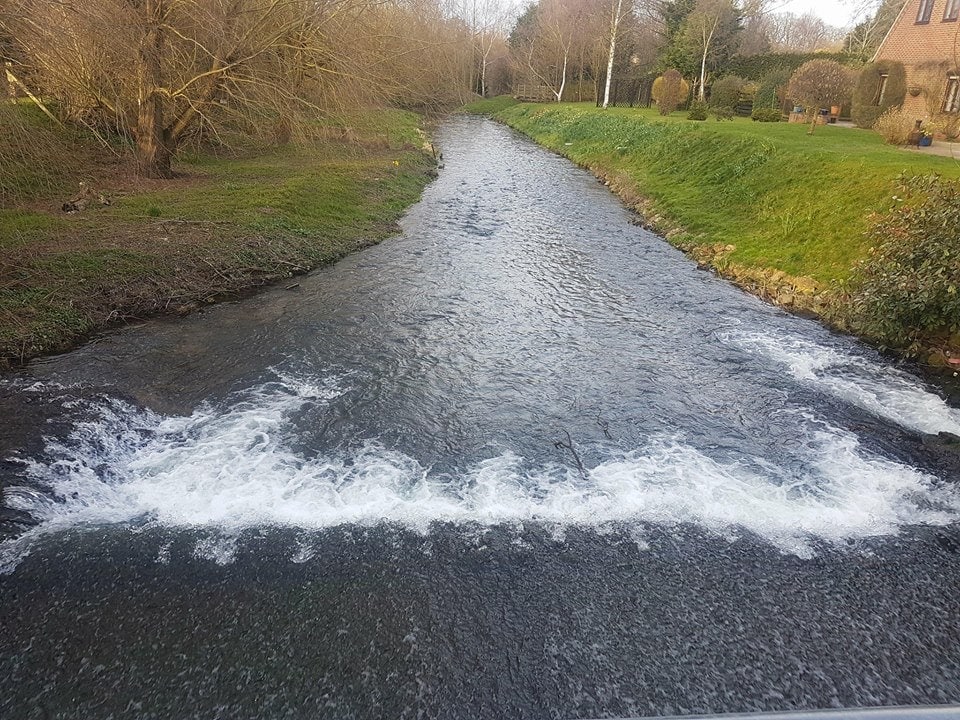
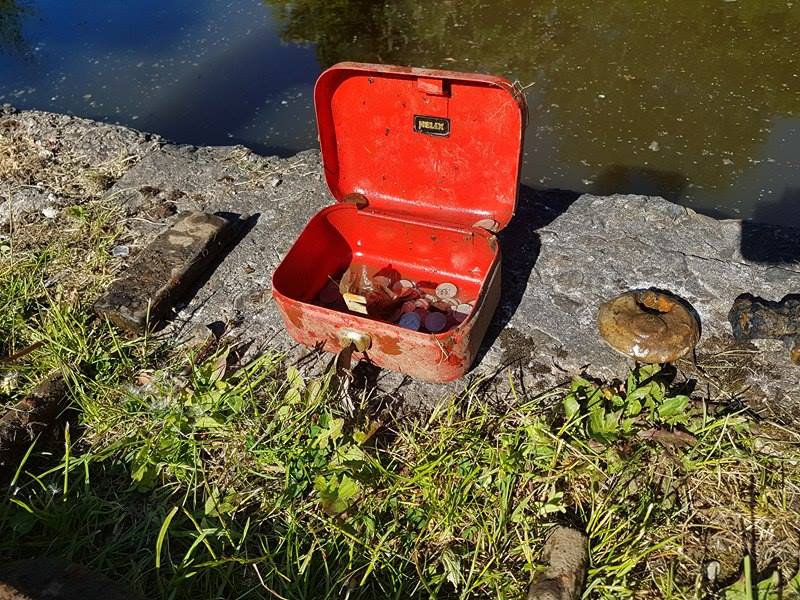
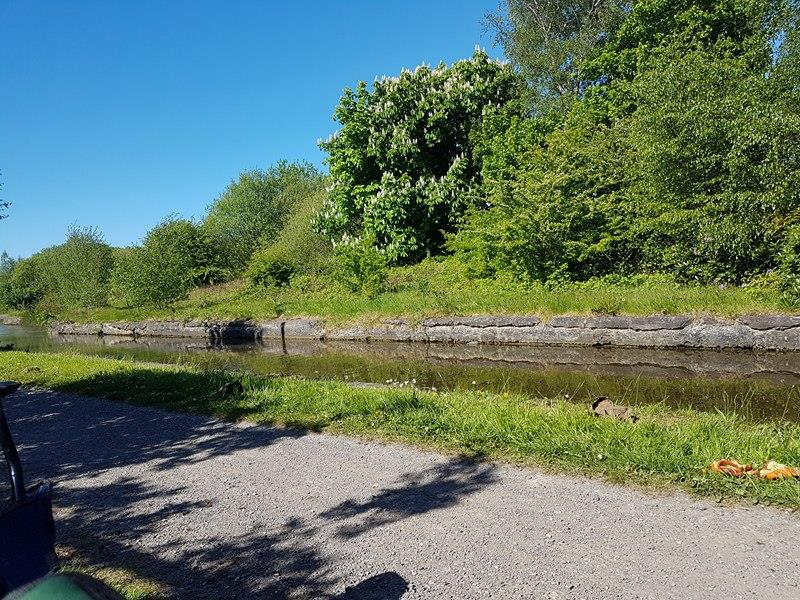
Magnet Fishing in Rivers
Magnet Fishing in rivers near populated areas (like cities) is very interesting and can yield some very fascinating results. Just to put this into perspective, 40,000 people walk over London Bridge every single day. That’s 14 million a year – double the total number of people who live in Hong Kong!
Cities in the 21st century are highly populated, very busy and things are dropped in the rivers every single day. This is perfect for Magnet Fishers.
Benefits of magnet fishing in canals:
-
Historical significance: Rivers have been vital transportation routes throughout history, and as a result, they often have a rich historical significance. Objects like coins, tools, and artifacts may have been lost or discarded into the river over the years, providing magnet fishers with the opportunity to uncover pieces of the past.
-
Human activity: Rivers are frequently used for recreational activities such as boating, fishing, and picnicking. This increased human activity means there’s a higher chance of items being dropped or lost into the water, making rivers prime spots for magnet fishing.
-
Bridge crossings: Many rivers are crossed by bridges, as we discussed earlier. These bridge crossings can create ideal conditions for magnet fishing due to the higher likelihood of objects being dropped from or around bridges.
-
Natural deposits: Rivers often carry sediment and debris downstream, resulting in the accumulation of objects along the riverbed. Magnet fishers can take advantage of this by exploring areas where sediment has settled, increasing the chances of finding metal objects.
It’s important to note that you could find some sinister things so please hand any suspicious items to the police.
Magnet Fishing in Lakes
There are over 40,000 lakes in the UK alone so it’s very likely you aren’t too far from one. In fact, lots of natural lakes are known to be over 10,000 years old which is bound to be filled with interesting historic artefacts.
There are many man-made lakes in the UK which, more often than not, are the result of a mining pit being flooded. Redundant mines are often flooded once operations have ceased and people have been known to find 18th-century mining equipment when Magnet Fishing in these areas. Remember that by doing your research you can increase your chance of finding something interesting.
The benefits of magnet fishing in lakes include:
- Recreational areas: Many lakes are popular recreational spots where people swim, boat, fish, and picnic. This increased human activity means there’s a higher likelihood of items being accidentally dropped or lost into the water, making lakes ideal for magnet fishing.
- Fishing hotspots: Lakes are often frequented by anglers, and fishing gear such as hooks, sinkers, and lures can easily end up in the water. Magnet fishers can target areas around fishing piers, boat docks, and other popular fishing spots to uncover lost gear and other metal objects.
- Boating and watercraft: Lakes are commonly used for boating, kayaking, and other water sports. Over time, boats and watercraft may have lost or discarded metal items like tools, hardware, or even personal belongings, providing magnet fishers with a variety of potential finds.
- Underwater structures: Some lakes may have underwater structures such as old docks, piers, or even submerged vehicles. These structures can attract metal objects and debris, making them prime locations for magnet fishing.
- Natural deposits: Similar to rivers, lakes can also accumulate sediment and debris over time, resulting in the deposition of metal objects along the lakebed. Magnet fishers can explore areas where sediment has settled, such as near the shoreline or in shallow bays, to increase their chances of finding interesting items.
Also, ensure you are considerate of other people at the lake such as fishermen because your magnet hitting the water creates ripples that can scare fish away from a very large distance. This is a defence mechanism for the fish as they mistake these ripples for a large predator. If you plan on Magnet Fishing in a lake, it’s always best to speak with any fishers to politely ask if they’re okay with you magnet fishing there.
Magnet Fishing at Historical sites
Many people are taking the more methodical approach to Magnet Fishing and researching historical sites located across the country. Although you may be travelling a larger distance to reach these places, the finds can often be much more exciting. There are many reports of people finding Roman and Saxon artefacts when Magnet Fishing and there’s plenty more to be found. If you do find a historical item, we recommend you reach out to a museum and they’ll usually help to restore and preserve the item you’ve found.
Please speak with local officials before visiting these areas because historical sites could have restricted access. The most important thing is that you remain respectful of these sites and don’t vandalise or damage them. Permission must always be given from the landowners when you’re magnet fishing.
Magnet Fishing Down Abandoned Wells
Notice we say abandoned wells. This isn’t to say you can sneak up to any farmer’s well, throw your magnet in there and run. That’s crossing many unethical boundaries. It is very important the well you use is abandoned and not owned by anybody, otherwise, taking money or valuables is considered as theft.
Abandoned wells can be a very easy target because people have been known to throw all sorts of weird and wonderful things down these. Who knows what you’ll find?
-
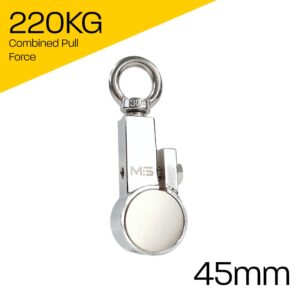
110 Pro™ Clamp Neodymium 220KG / 485LB Pull Fishing Magnet
£49.99 -
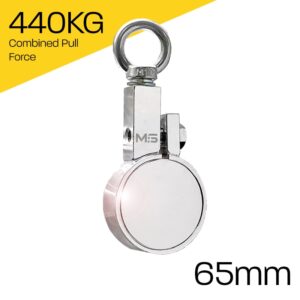
220 Pro™ Clamp Neodymium 440KG / 970LB Pull Fishing Magnet
£75.99 -
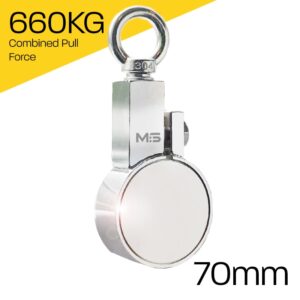
330 Pro™ Clamp Neodymium 660KG / 1455LB Pull Fishing Magnet
£119.99 -

550 Pro™ Clamp Neodymium 1,100KG / 2,425LB Pull Fishing Magnet
£179.95 -
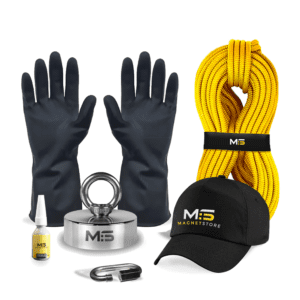
Genesis™ – G65™ 360 Degree Magnet Fishing Kit (650KG / 1,433LB Pull)
£169.99 -
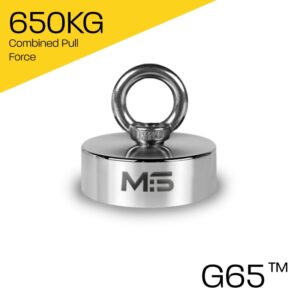
Genesis™ – G65™ 360° Neodymium 650KG / 1,433LB Pull Fishing Magnet
£110.99 -
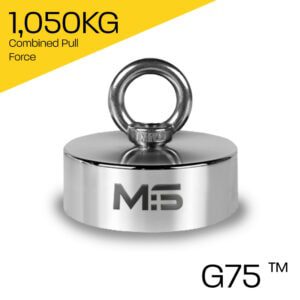
Genesis™ – G75™ 360 Degrees Neodymium 1,050KG / 2314LB Pull Fishing Magnet
£149.99 -
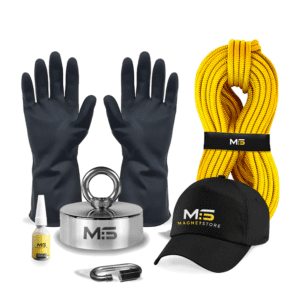
Genesis™ – G75™ 360° Magnet Fishing Kit (1,050KG / 2314LB Pull)
£199.99 -
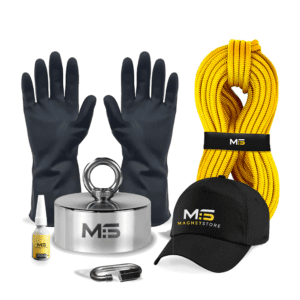
Genesis™ – G90™ 360 Degree Magnet Fishing Kit (1,550KG / 3,416LB)
£269.99 -
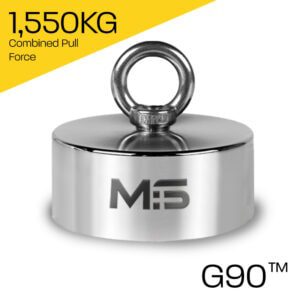
Genesis™ – G90™ 360 Degree Neodymium 1,550KG / 3,416LB Pull Fishing Magnet
£219.99

